Acknowledgments
NUMEROUS people and circumstances, both related and unrelated, plus an understanding husband who shares my enthusiastic addiction to netsuke collecting, have contributed to this study of contemporary netsuke carvers and their work.
Because of the language and distance barriers, the research involved would have been impossible without the competent, dedicated, and loving help of our friend Michiko Matsumoto, who lived with us in California for more than a year while she was studying at U.C.L.A. Michi handled my relations with all of the officers and members of the Japan Ivory Sculptors Association, as well as with dealers and other sources of information. Since the carvers speak no English, she acted as interpreter during all visits with them and translated their written answers to questions. She coordinated picture-taking sessions for Mr. Sugimura and followed through on countless points that had to be checked or expanded. She secured signatures and biographical material from carvers and researched innumerable bits of minutiae that are imperceptible but necessary in a book of this nature. In short, without Michi it would have been virtually impossible for me to complete this book.
The Japan Ivory Sculptors Association, through its officers, its members, and particularly the committee appointed to help me, has been of inestimable assistance. Mr. Toshitake Nakamura, secretary, has spent countless hours getting questionnaires to member carvers, securing proper signatures, and checking and rechecking innumerable details.
I am deeply indebted to a number of dealers, not only for their help in building our collection of contemporary netsuke but also for their assistance in contacting carvers and providing personal information about them: to Mr. Hirokazu Nakayama, of Tokyo, from whom we bought our first netsuke, and subsequently many more, and to his father in Kyoto, now deceased; to Mr. Herman Krupp, an importer in Seattle, whose love and knowledge of netsuke was an inspiration to us during the beginning years of our collecting; to Mr. Kohachiro Yokoyama, of Kyoto, who was responsible for our meeting Keiun and Yukimasa; to Mr. Seiichiro Sunamoto, of Tokyo, and his assistant Mrs. Hashimoto, who arranged our first meeting with Hodo, with Shodo, and with Ryushi; to Mr. Tadao Miyakoshi, through whom we first met Koyu; to Mr. S. Kaneko, of Yokohama, whose association with several of the leading carvers spans several decades; to Mr. Y. Watanabe, of Yokohama and Tokyo, who provided much information about Yoshiyuki, Gaho, and other carvers; to Mrs. N. T. Wakayama of the Asahi Art Co., Tokyo; to Mr. K. Kitagawa; to Mr. Yoshiaki Ohno, of Tokyo; and to Mr. T. Inoue, of Miyanoshita. To Mr. Raymond Bushell, of Tokyo, I am indebted for information about Masatoshi and the picture of him on
Our first introduction to a carver was arranged by Mr. Nakayama, through Mr. Shigeo Tsujita, who acted as agent for several first-rank carvers. We were taken by him to the home of Ichiro Inada, who became a close personal friend. Mr. Tsujita subsequently arranged for us to meet Yoko and Shogetsu. We were saddened in the fall of 1971 to learn of the death of Mr. Tsujita, to whom we are greatly indebted. We are also indebted to Mr. Tsujita's son for his helpful information in several areas.
Other Japanese friends who have been most generous with their help, particularly in the translating area, include Mr. Kevin Kuniyoshi, of Los Angeles, and Mr. Yoshihiro Saito, of Washington, D.C.
A number of our netsuke-collecting friends have graciously loaned some of their treasures for inclusion in this book: Virginia Atchley, Frontispiece and Figs. 22 and 108; Ann Meselsen, Fig. 116; Hans Conried, Figs. 60, 61, and 62. Mr. Bernard Hurtig kindly loaned us two netsuke: Bumbuku Chagama and Urashima Taro, which served as models for sketches on pages
A Los Angeles friend, Janet Gross, formerly with Time and Life, was most helpful in making suggestions and corrections in my manuscript.
I have been very fortunate in having two photographers whose exceptional talents have been equaled by their great enthusiasm and intelligent interest in the contemporary carvers and their work: Mr. Tsune Sugimura of Tokyo, Japan's foremost folk-craft photographer and head of one of Japan's most active photography studios, a member of the Japan Society of Photographers, a lecturer at Tokyo's Tama University of the Arts, and an author whose fine work is familiar to Westerners in The Enduring Crafts of Japan; and Mr. Tomo-o Ogita, of Los Angeles, a leading Oriental authority and educator, the director of the Japan Ukiyo-e Society of Los Angeles, and owner of Asia Art Associates.
I am also grateful to George Lazarnick for permission to use his photographs of the signatures of Shoko ().
Mrs. Adelheid Roth Roscher, my good friend and neighbor, who did the pen-and-ink sketches throughout the book, studied at the Academy of Fine Arts in Vienna and in Munich, where she obtained her master's degree in art education. She did postgraduate work with Emil Preetorius, President of the Munich Academy and Dean of the Department of Illustration and Scenic Design. After freelancing, she taught at the Luisengymnasium, Bavaria's oldest school for women. At present, she does medical exhibits and contributes illustrations to publications for the International College of Surgeons, of which her husband, Arno A. Roscher, M.D., is an active member. She had never seen a netsuke before starting her sketches. She is now an avid netsuke collector.
Many netsuke collectors deserve my thanks for sharing with me their beautiful collections and their vast knowledge of the world of netsuke. I am also indebted to a number of carvers for lineage information and for human-interest stories about other carvers, who are reluctant to talk about themselves. I have gratefully relied on Ichiro, Shofu, Kangyoku, Meigyokusai, and other carvers for help in compiling the chapter on techniques.
Finally, the guiding and prodding spirit in this project has been my husband, Bob. His love of Japan is so great that he welcomed the excuse of research on my book to turn our vacation steps in that direction. He has been a severe but always helpful critic. He has been an understanding husband when housework has taken second place to work on the book. Writing such a book has involved much more effort and time than I visualized at the outset. I must confess the time element was extended by the affectionate interference of our little dachshund, Suki-san, who was always at my feet as I worked. But it has been a gratifying experience because of the enthusiastic cooperation of everyone concerned, the grateful anticipation of the carvers, and most of all, the loving interest and help from my husband. And it has been fun!
Appendices
APPENDIX 1
List of Contemporary Netsuke Carvers
KEY TO ABBREVIATIONS |
A.N.: actual name | W.: wife's name |
F.: father's name | C.: names of children |
G.: grandfather's name |
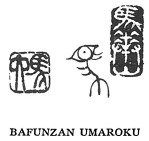
BAFUNZAN UMAROKU  A.N.: Kodo Okuda. Born September 15, 1940, in Tokyo. F.: Kodo Okuda (ivory carver). G: Genjiro Okuda (ivory dealer). W.: Yukie. C.: Chikatoshi, Genjiro. Uses signatures Kodo
A.N.: Kodo Okuda. Born September 15, 1940, in Tokyo. F.: Kodo Okuda (ivory carver). G: Genjiro Okuda (ivory dealer). W.: Yukie. C.: Chikatoshi, Genjiro. Uses signatures Kodo  and Shojin
and Shojin  on okimono and other ivory sculptures. Learned ivory carving from his father and became particularly interested in the world of humor in the Edo period. Had been trained as a painter before turning to carving. In larger pieces specializes in plants, flowers, and birds. His netsuke are all original designs taken from contemporary Japanese life and are sometimes erotic. Usually works from ten to fifteen hours a day, seven days a week. Hobbies: traveling, reading, and going to museums on rare days off. Member of several art and painting associations.
on okimono and other ivory sculptures. Learned ivory carving from his father and became particularly interested in the world of humor in the Edo period. Had been trained as a painter before turning to carving. In larger pieces specializes in plants, flowers, and birds. His netsuke are all original designs taken from contemporary Japanese life and are sometimes erotic. Usually works from ten to fifteen hours a day, seven days a week. Hobbies: traveling, reading, and going to museums on rare days off. Member of several art and painting associations.

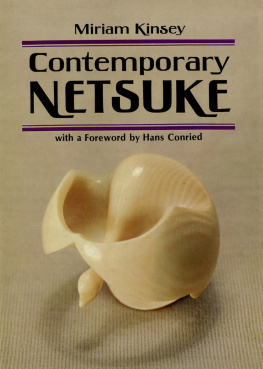

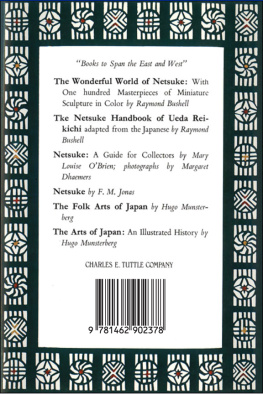

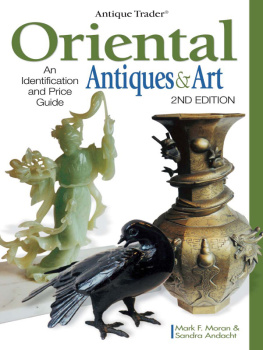

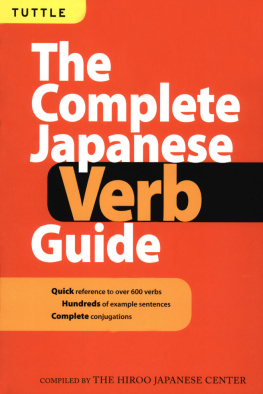

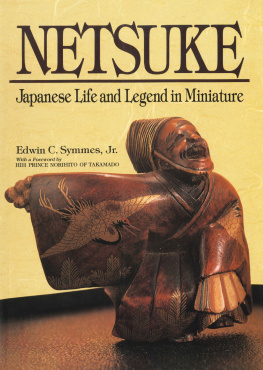
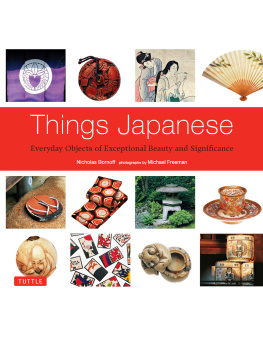

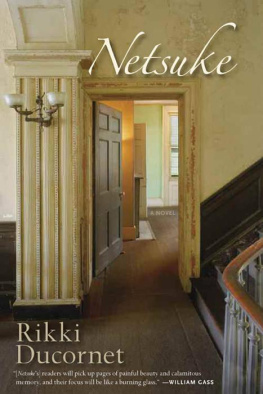


 A.N.: Kodo Okuda. Born September 15, 1940, in Tokyo. F.: Kodo Okuda (ivory carver). G: Genjiro Okuda (ivory dealer). W.: Yukie. C.: Chikatoshi, Genjiro. Uses signatures Kodo
A.N.: Kodo Okuda. Born September 15, 1940, in Tokyo. F.: Kodo Okuda (ivory carver). G: Genjiro Okuda (ivory dealer). W.: Yukie. C.: Chikatoshi, Genjiro. Uses signatures Kodo  and Shojin
and Shojin  on okimono and other ivory sculptures. Learned ivory carving from his father and became particularly interested in the world of humor in the Edo period. Had been trained as a painter before turning to carving. In larger pieces specializes in plants, flowers, and birds. His netsuke are all original designs taken from contemporary Japanese life and are sometimes erotic. Usually works from ten to fifteen hours a day, seven days a week. Hobbies: traveling, reading, and going to museums on rare days off. Member of several art and painting associations.
on okimono and other ivory sculptures. Learned ivory carving from his father and became particularly interested in the world of humor in the Edo period. Had been trained as a painter before turning to carving. In larger pieces specializes in plants, flowers, and birds. His netsuke are all original designs taken from contemporary Japanese life and are sometimes erotic. Usually works from ten to fifteen hours a day, seven days a week. Hobbies: traveling, reading, and going to museums on rare days off. Member of several art and painting associations.